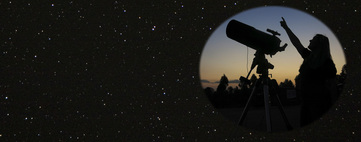The Orion constellation is just full of superb deep sky objects like the Orion nebula and the Horsehead nebula…but this image is just a quite wide field shot showing the beauty of the area. You will find an image I took of the stunning Horsehead Nebula in one of my last blogs at:
http://www.mystardustobservatory.com/astro-blog/-the-horsehead-nebula-in-the-constellation-of-orion
This is just one-15 second image of Orion and Taurus taken at Flanagan’s Reserve near Rathdowney in QLD…it just shows how much detail you can get with your camera on a tripod and a wide-angle lens. The yellow glow is from a small town called Boonah that’s not far away.
I used a Canon 700D with a Tonkina 10-16mm f2.8 lens set a F3.2 and at 11mm; exposure time was 15 seconds and ISO3200. This image is part of a 6-hour time-lapse to capture the rising and setting of Orion, which I will post later.
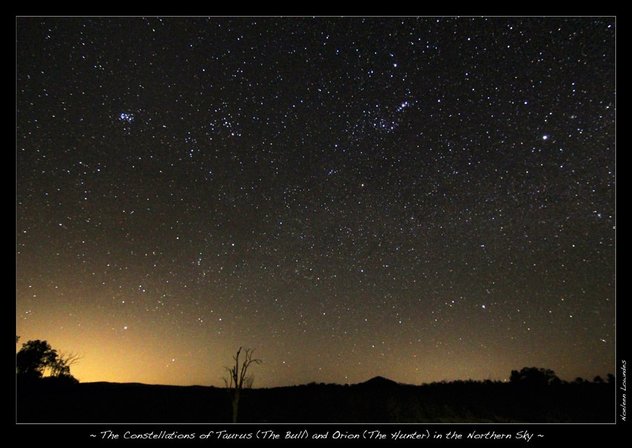
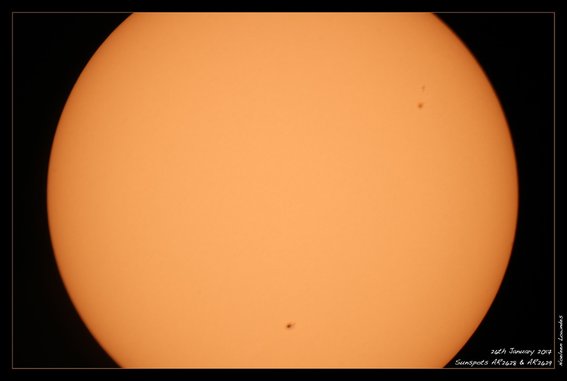
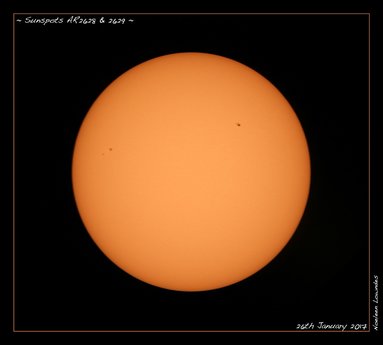
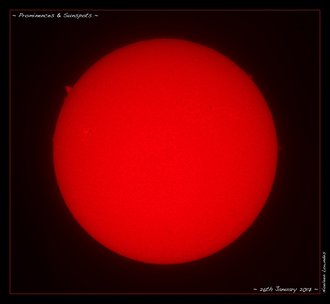
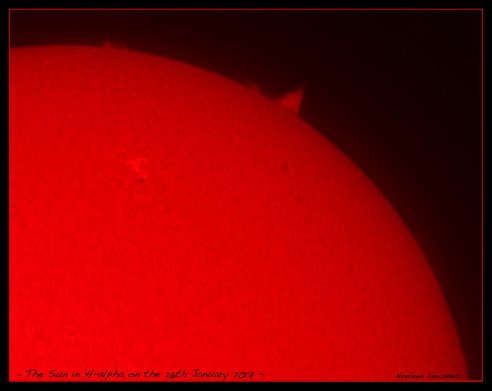
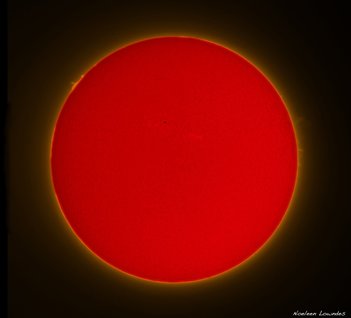
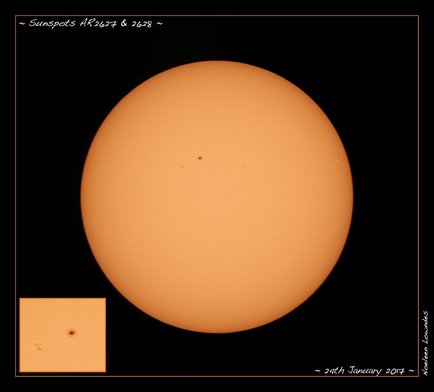
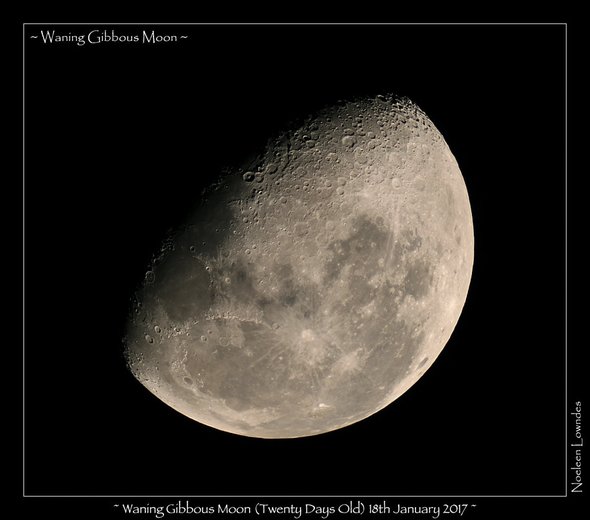
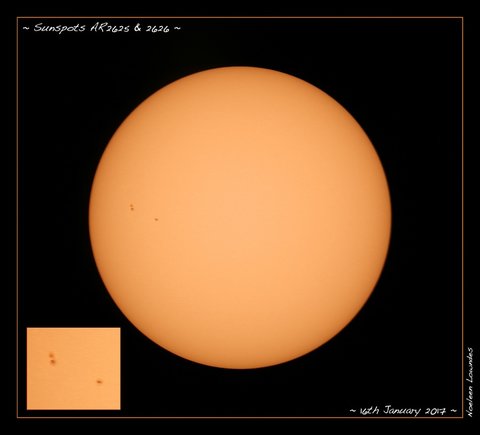
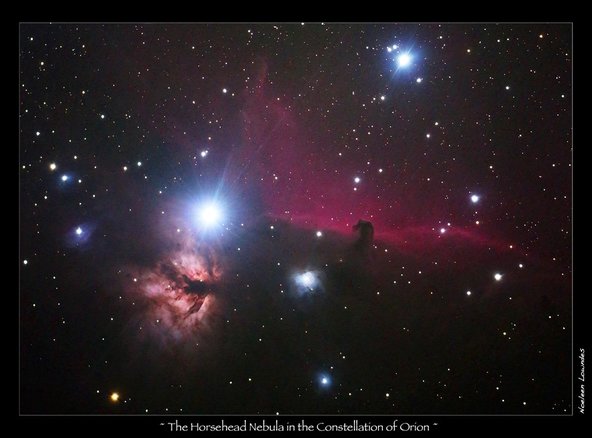
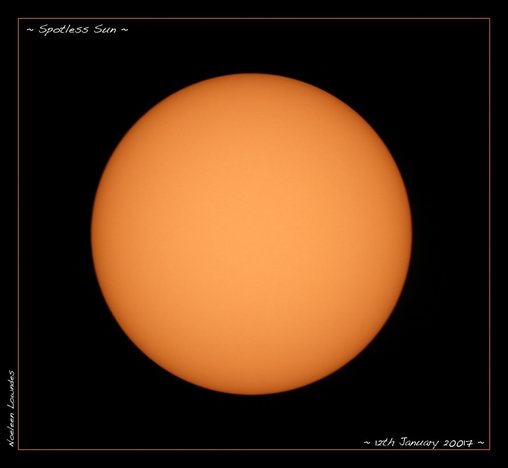
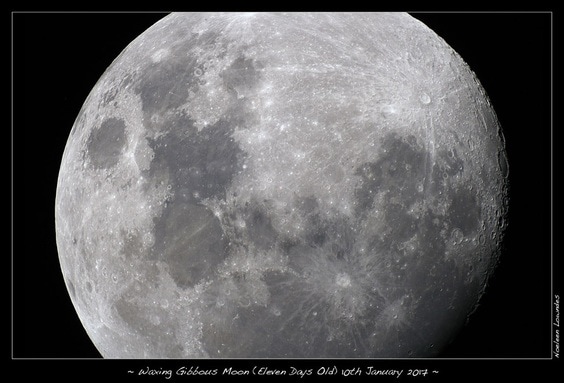
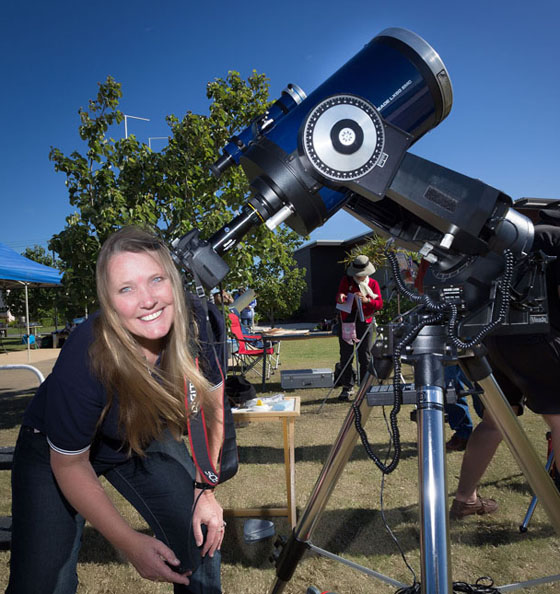
 RSS Feed
RSS Feed
